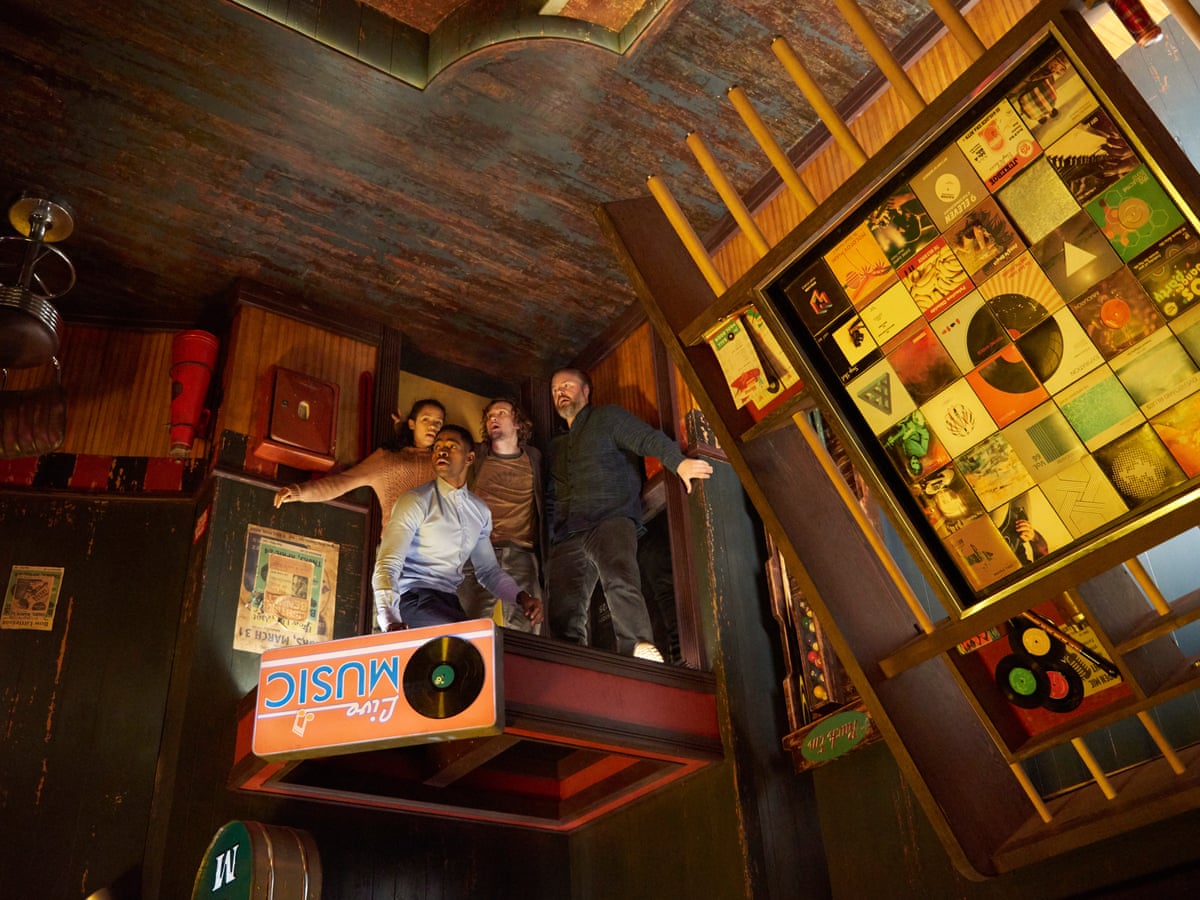Group Methods: Just How to Team up Successfully in an Escape Room
Navigating the complexities of a retreat area demands greater than simple excitement; it calls for a well-coordinated technique grounded in clear communication, tactical role jobs, and adept time management. Groups have to proactively listen to each participant's insights, assign functions that align with individual toughness, and preserve regular check-ins to ensure emphasis and stop redundancy. By promoting a setting that values communication and adaptability, groups can dramatically increase their efficiency and success prices. The subtleties of these approaches can change the experience, but just how precisely can they be implemented to optimize the potential for success?
Establish Clear Interaction

To assist in clear interaction, it is vital to mark a central point of contact for info circulation. Brief, focused updates from each group participant can keep the group notified without overwhelming them with info.

Appoint Functions Strategically
While clear communication sets the structure for effective teamwork, appointing functions strategically makes certain that each staff member's strengths are utilized successfully. In an escape area scenario, the time-sensitive and intricate nature of difficulties demands a well-organized method to task delegation. By determining and leveraging individual proficiencies, groups can enhance their analytic abilities and boost overall efficiency.
First, analyze the distinct abilities and characteristics of each individual. Someone with an eager eye for detail could stand out in finding concealed objects, while a logical thinker can be better fit to addressing puzzles. It's similarly crucial to have a leader that can oversee development, take care of the timeline, and make decisive calls when required. This function frequently needs solid business and interpersonal skills.
2nd, ensure that roles are versatile and versatile. As new difficulties emerge, the team should be able to pivot, reapportioning tasks as needed. This versatility assists preserve energy and stops bottlenecks that might happen due to rigid function tasks.
Inevitably, a tactical method to function project not only makes the most of the toughness of each staff member but likewise fosters a natural environment, driving the group important site in the direction of a successful getaway.
Utilize Diverse Skills
Identifying and utilizing the varied abilities within your group can significantly raise your performance in a retreat room. Each staff member brings distinct staminas to the table, and properly leveraging these capabilities can quicken analytic and enhance general efficiency. A team participant with solid analytical skills could excel at decoding complex codes or patterns, while one more with eager observational capabilities may swiftly find hidden clues that others might neglect.
Efficient communication is crucial to making use of these diverse skills. Motivate employee to voice their insights and ideas immediately, guaranteeing that all prospective remedies are considered. This inclusive method promotes a vibrant atmosphere where creative thinking and crucial thinking can grow. In addition, appointing jobs that straighten with each participant's toughness can prevent bottlenecks and guarantee that development is constant.
In addition, diversity in skills commonly converts to variety in believing styles, which is vital in a retreat area setup. While some difficulties may need sensible thinking and accuracy, others could benefit from imaginative and association of ideas. By recognizing and leveraging this diversity, teams can deal with a wider series of obstacles extra effectively, thus increasing their opportunities of an effective getaway.
Manage Time Efficiently

Recognize noticeable challenges and separate jobs based on team participants' staminas, making sure that nobody is idle. This practice can aid maintain the team focused and stop time from slipping away undetected.
In addition, avoid one-track mind. If a puzzle is taking as well long, revolve staff member or relocate on to another obstacle, returning later with fresh viewpoints. Communication is paramount-- maintain every person upgraded on resolved challenges and remaining jobs to stay clear of repetitive efforts.
Finally, make use of any kind of hints or hints sparingly but tactically - best escape room. Recognizing when to ask for aid can save useful time. By sticking to these time administration concepts, teams can substantially boost their chances of a successful and enjoyable retreat area experience
Debrief and Reflect
Representation is an essential aspect of team growth and renovation in the context of escape areas. Once the difficulty is completed, whether effectively or not, it is critical for the group to take part in a structured debriefing session. This procedure allows staff member to assess their performance, determine staminas, and identify areas for improvement.
Start the debrief by reviewing what worked out. Highlight particular Web Site circumstances of efficient communication, problem-solving, and collaboration. Recognizing these favorable actions strengthens them and motivates their repetition in future challenges.
Go over moments of confusion, miscommunication, or ineffective techniques. Urge an open and constructive dialogue where group participants can share their perspectives without anxiety of objection.
Final Thought
In final thought, successful collaboration in an escape room is predicated upon clear interaction, critical role jobs, the reliable usage of diverse abilities, and skillful time management. By creating a cohesive and adaptive group environment, the likelihood of effectively addressing challenges and achieving the purpose of getting away the room is significantly boosted.